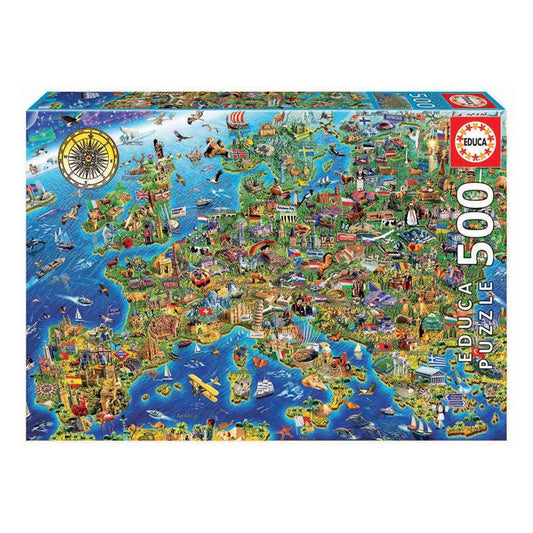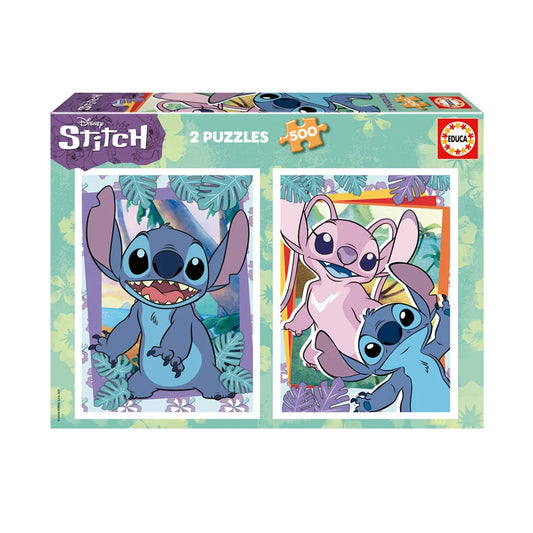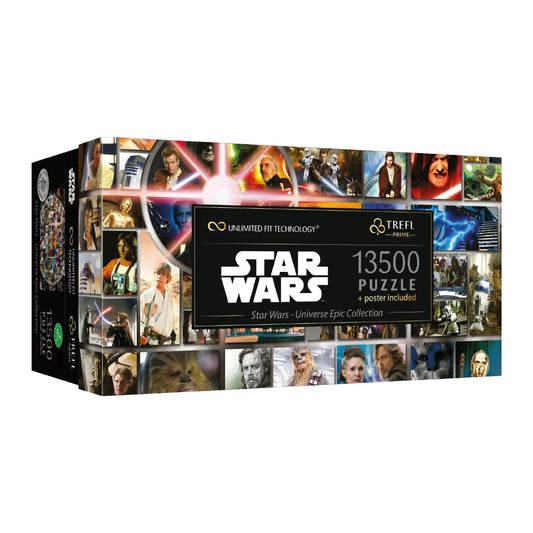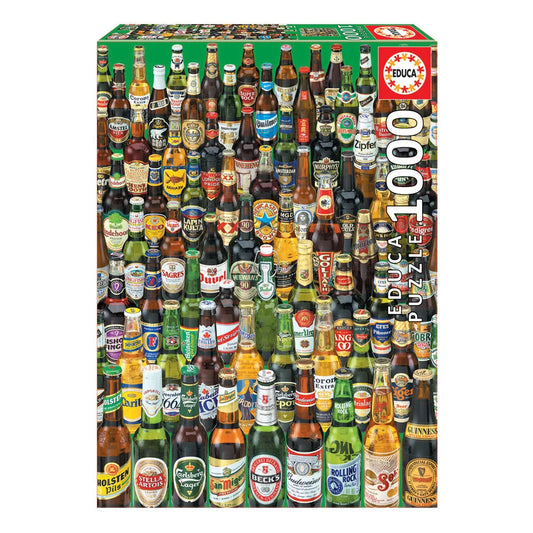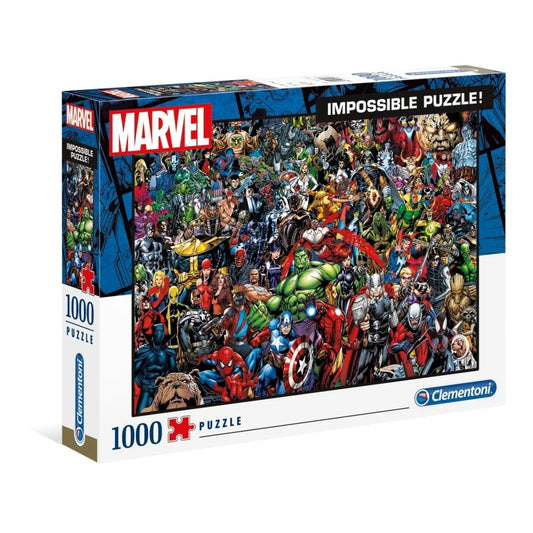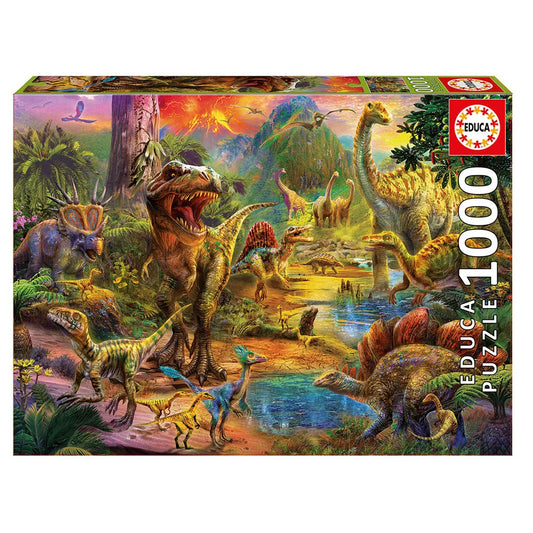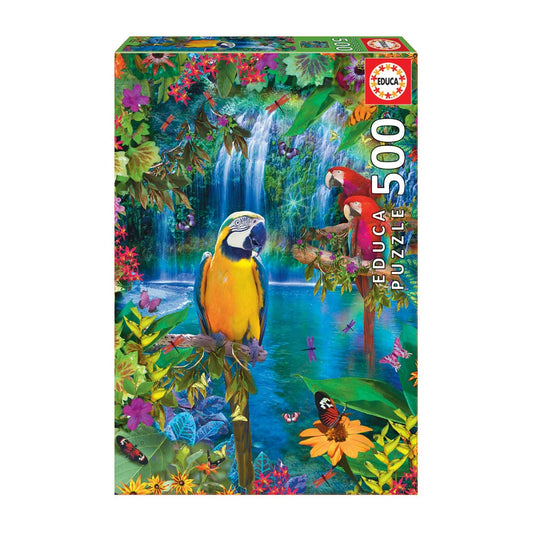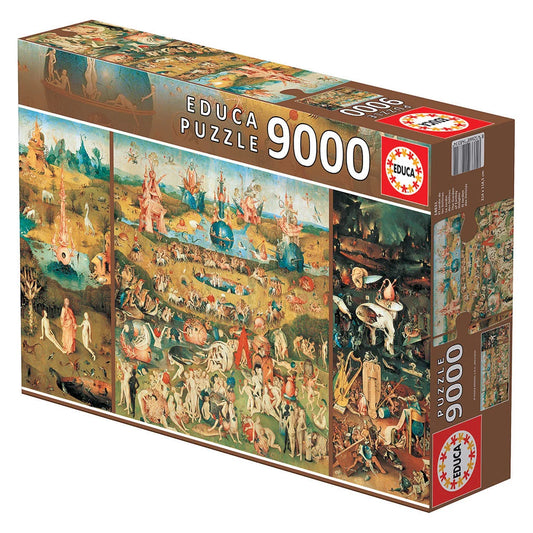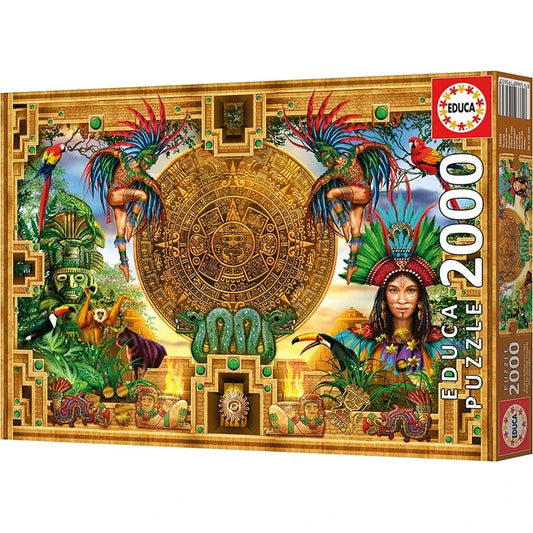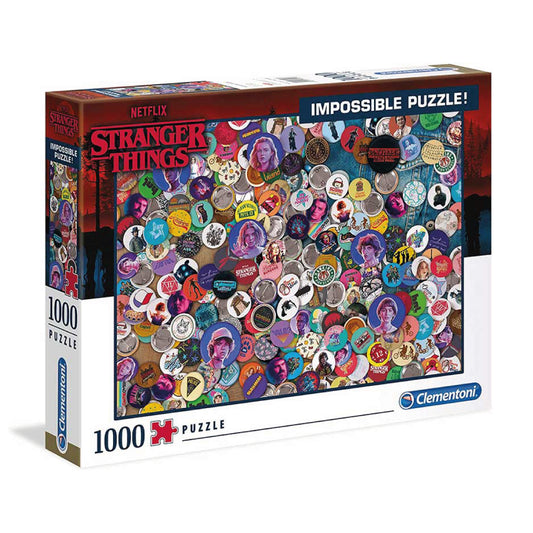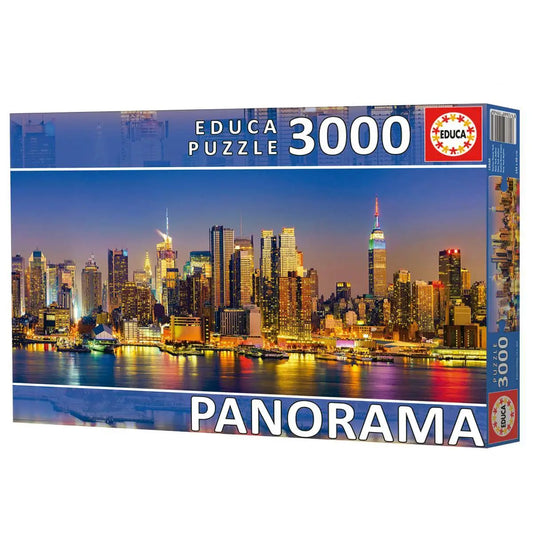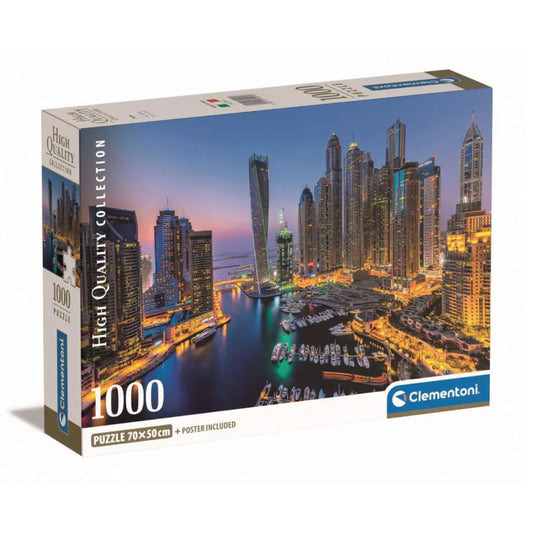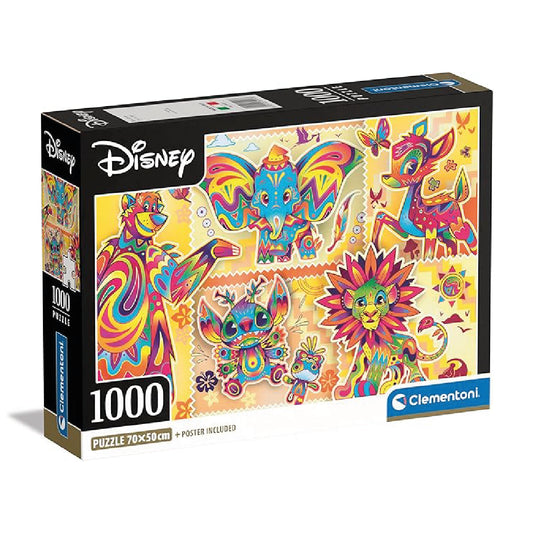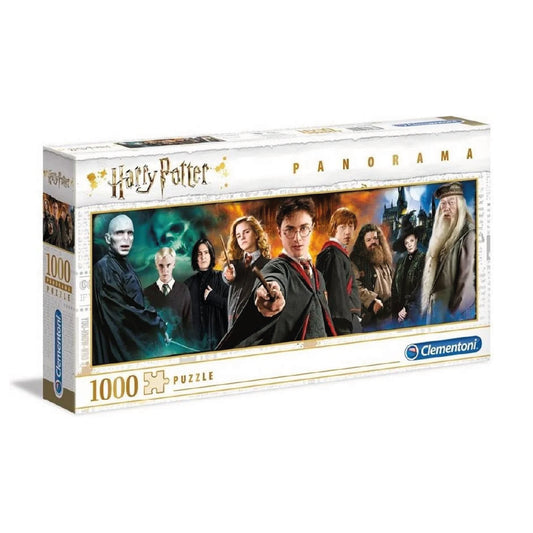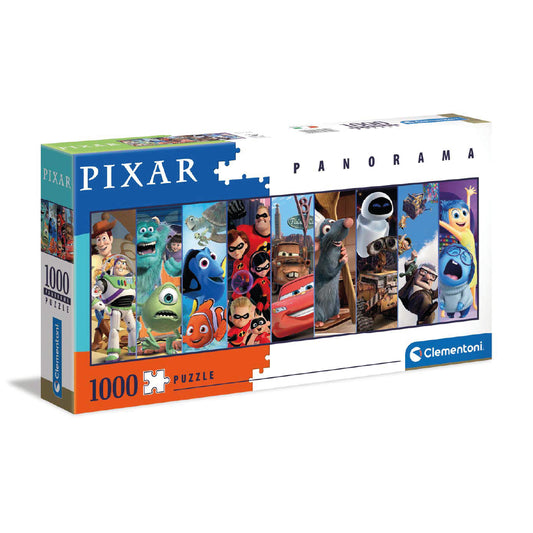
A simple, colorful box is enough to capture a child's attention. When, inside, you'll find a hodgepodge of pieces that only make sense when assembled together, the challenge becomes irresistible. Puzzles for children, like those from Clementoni, which are educational toys, have been passed down through generations, captivating minds and providing moments of pure enthusiasm, learning, and family bonding.
The attraction goes far beyond the pieces themselves. Puzzles, like those from Clementoni, reveal worlds, stories, and landscapes, demanding concentration and patience, but also celebrating each achievement, no matter how small. From the click of the pieces fitting together to the smile of satisfaction when the image takes shape, few activities offer so many developmental benefits.
Why do puzzles for children capture their attention?
There's something almost magical about spreading pieces out on the table. The brain is called upon to identify patterns, colors, and shapes. Curiosity drives little hands to experiment, rotate, and compare. This continuous process stimulates not only logical reasoning but also creativity and visual perception.
Puzzles adapt to various stages of growth. While younger children tackle large, easily maneuverable wooden pieces, older children engage in complex challenges with hundreds of pieces, immersing themselves fully in the activity.
Benefits that puzzles provide to children
In an age of omnipresent digital distraction, offering concrete physical and cognitive activities makes a difference. Let's look at some clear benefits of this pastime:
- Fine Motor Coordination : Simple grasping and fitting develops fundamental skills for writing, drawing, or even tying shoes.
- Problem-solving : Each puzzle solved is a small victory, the result of trial, error and persistence.
- Autonomy and self-confidence : Upon completing the challenge, a feeling of accomplishment and the desire to face new obstacles arise.
- Teamwork : Putting together puzzles in pairs or as a family strengthens bonds and promotes sharing.
- Emotional management : You need to deal with frustration when something doesn't fit, learning to respect your own limits and celebrate progress.
For all these reasons, many educators include puzzles in school and therapeutic routines, recognizing their positive impact on various aspects of child development.
Puzzles for every age: How to choose?
Adapting puzzles to the development stage is essential to ensure a pleasurable, not frustrating, experience.
| Age range | Puzzle Features | Examples |
|---|---|---|
| 1-2 years | Large, thick pieces, few | Wooden puzzles, shapes |
| 3-4 years | Medium pieces, simple fittings | Animals, colors, up to 24 pieces |
| 5-6 years | More details, small parts | Landscapes, characters, 48+ |
| 7-8 years old | Complex challenges, 100+ pieces | Maps, movie scenes |
| 9+ years | Various themes, up to 500 pieces | Works of art, 3D, architecture |
This progression allows you to consolidate skills and spark new interests. Choosing a topic invites you to discuss different stories, habits, and even areas of knowledge, fueling your imagination.
Puzzles in everyday life: beyond fun
A puzzle can be much more than an occasional activity. Integrating this pastime into daily routines with Clementoni puzzles helps children find moments of tranquility, unhurriedness, away from screens and excessive distractions.
Let's remember some contexts in which puzzles shine:
- On rainy days , transform the kitchen or living room into a real puzzle workshop.
- During parties : A corner reserved for those looking for a calming break amidst the hustle and bustle.
- Long trips : There are magnetic versions, easily transportable, ideal for entertaining while traveling.
- School projects : Educational themes such as the solar system or maps encourage learning in a fun way.
The universal appeal of puzzles means that children with different interests can find something they love, whether it's a colorful dinosaur, a medieval castle, or a world map.
Safety and material recommendations
We know that children, especially younger ones, enjoy exploring with all their senses—including putting objects in their mouths. Therefore, it's essential to check the quality and safety of the materials:
- Choose CE-approved puzzles, ensuring the absence of toxic substances.
- Choose robust pieces that are resistant to bending and falling.
- At an early age, choose models made of wood or thick cardboard that are easy to grasp and manipulate.
- Be careful with sizes that avoid choking hazards.
On the other hand, maintaining puzzles educates and teaches important values. Tidying up afterward, preserving the pieces, and caring for the box are small responsibilities that contribute to autonomy and respect for the toy, making toys an essential part of playful learning.
Diversity of formats and innovative trends
Puzzles have evolved over time, integrating technology and creativity. Beyond the traditional puzzles, there are now surprising offerings, including options from the Clementoni brand:
- 3D Puzzles: Castles, monuments, vehicles — a three-dimensional experience that challenges spatial vision and patience.
- Interactive puzzles: Some brands combine physical pieces and digital applications, offering animations when the puzzle is completed.
- Collaborative models : Designed to be done in groups, they promote communication and division of tasks.
- Personalized : The possibility of transforming family photos or children's drawings into puzzles makes everything even more special.
Physical and online stores offer options for all tastes and budgets, including Clementoni models. It's worth checking reviews and following educators' recommendations.
The role of the adult: encouragement, sharing and support
Putting together a puzzle can be an intimate moment of self-reflection, but sharing it with adults enhances the experience. Parents, grandparents, and older siblings become partners in discovery, sharing techniques, tricks, and memories.
It's not about solving everything for children. Support should come in the form of encouragement and guidance, suggesting strategies (starting in the corners, separating by color), but always respecting their individual pace.
When difficulties arise, turning mistakes into learning opportunities is invaluable: "This piece doesn't fit here, but let's find another one together." Respecting each other's time, without rushing or demanding anything, transforms the puzzle into an exercise in cooperation.
Inclusive puzzles and special needs
The world of puzzles opens doors to all children. There are models adapted to specific needs—from tactile puzzles for the visually impaired to versions with Braille letters—allowing everyone to enjoy the experience.
Children with motor, cognitive, or sensory challenges especially benefit from this type of activity, which can be adapted in terms of complexity, number, and shape of pieces. Puzzles are often used therapeutically in clinical and educational settings, fostering skills at each child's pace.
Beyond the box: creativity without limits
Many people look to classic puzzles as a starting point. But why not go beyond the instruction manual?
- Create homemade puzzles with drawings, magazine clippings, or your own photographs.
- Offer challenges such as assembling pieces backwards or blindfolded.
- Make up stories based on the completed images
- Invite friends or family to a healthy time competition
These variations transform a simple activity into a source of multiple stimuli, promoting creativity, team spirit, and fun.
When the puzzle becomes art
The satisfaction of seeing a complex image emerge, piece by piece, rivals artistic inspiration. Many choose to frame completed puzzles and display them at home, making them an expression of collective effort and visual beauty.
This appreciation allows children to appreciate their own work, fostering self-esteem and aesthetic sense. Puzzles cease to be just a pastime and become a work of art to share and celebrate.

